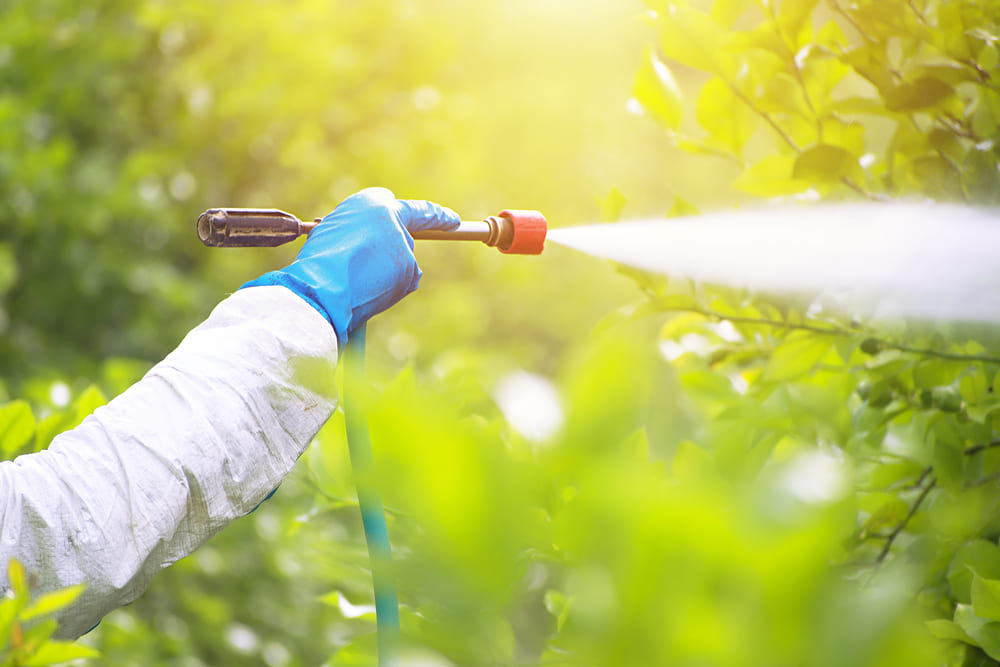Pest control in public spaces is crucial for maintaining hygiene and safety. Public spaces, such as parks, schools, libraries, and transportation hubs, are used by many people daily. Therefore, ensuring these places are free from pests like rodents, insects, and birds is essential to prevent the spread of diseases and maintain a pleasant environment.
Importance of Pest Control
-
Health and Safety: Pests can carry diseases that are harmful to humans. For instance, rodents can spread hantavirus, and mosquitoes can transmit West Nile virus. Controlling pests helps to minimize these health risks.
-
Economic Impact: Infestations can lead to significant financial losses. For example, a school may need to close temporarily for pest extermination, causing disruption and costs.
-
Preservation of Public Image: Clean and pest-free public spaces are crucial for maintaining a positive image. Infestations can damage the reputation of public institutions and spaces, leading to a decline in usage and trust.
Common Pests in Public Spaces
-
Rodents: Mice and rats are common in many urban areas. They are known for their ability to spread diseases and cause damage to buildings by gnawing on structures and wiring.
-
Insects: Cockroaches, ants, and flies are frequently found in public spaces. These insects can contaminate food sources and spread bacteria.
-
Birds: Pigeons and other birds can be problematic, especially in parks and squares. Bird droppings can damage property and spread diseases.
-
Mosquitoes: These pests are particularly troublesome in areas with standing water. Mosquitoes can spread diseases such as malaria, dengue, and Zika virus.
Emergency Pest Control Services – When You Need Us Most
Got pests in your surroundings? We’re here to help! Our expert team provides fast and effective pest control services. We’ll get rid of bugs, rodents, and more, keeping your home safe and clean. Call us now for quick and reliable service!
Strategies for Pest Control
Regular Inspections: Regular inspections help identify pest problems early. Early detection is crucial for effective control.
Sanitation and Hygiene: Keeping public spaces clean reduces the availability of food and shelter for pests. Proper waste management and regular cleaning are essential.
Exclusion Techniques: Sealing entry points such as cracks and holes in buildings can prevent pests from entering.
Biological Controls: Using natural predators, such as ladybugs for aphids, can be an effective way to control pest populations without harmful chemicals.
Chemical Controls: When necessary, pesticides can be used to control pests. It’s essential to use these chemicals responsibly to avoid harm to people and the environment.
Education and Awareness: Educating the public about the importance of pest control and how they can help, such as not feeding pigeons, is vital.
Challenges in Pest Control
Budget Constraints: Effective pest control requires funding for regular maintenance, inspections, and treatments, which can be challenging for some public institutions.
Public Cooperation: Ensuring the public understands and cooperates with pest control measures, like proper waste disposal and not feeding wildlife, can be difficult.
Resistance to Pesticides: Overuse of pesticides can lead to resistance in pest populations, making them harder to control over time.
Environmental Concerns: Balancing effective pest control with environmental protection is a significant challenge. The use of chemicals must be carefully managed to avoid harming non-target species and ecosystems.
Future Directions
Technology and Innovation: Advances in technology, such as the use of drones for inspection and the development of more targeted and environmentally friendly pesticides, are promising for future pest control efforts.
Community Involvement: Increasing community involvement and education can enhance the effectiveness of pest control measures. Community clean-up days and educational programs in schools can foster a culture of responsibility and awareness.
Integrated Pest Management (IPM): IPM combines various pest control methods for a more sustainable approach. This strategy emphasizes prevention, monitoring, and control with minimal environmental impact.
Conclusion
Effective pest control in public spaces is essential for maintaining hygiene, safety, and a positive public image. By implementing comprehensive pest management strategies, public institutions can protect the health and well-being of the community.
While there are challenges, ongoing efforts in technology, education, and community involvement hold promise for more effective and sustainable pest control solutions in the future.
By understanding the importance of pest control and working together, we can ensure that our public spaces remain clean, safe, and enjoyable for everyone.


